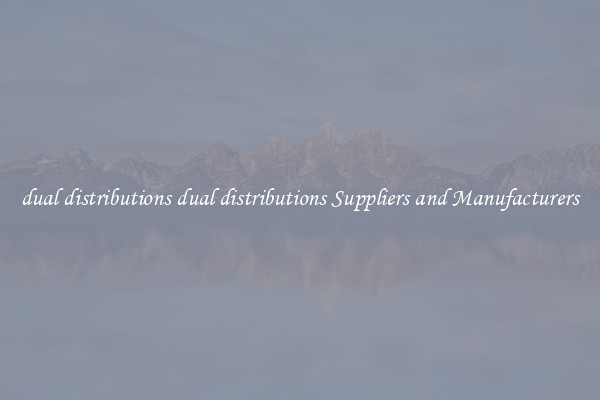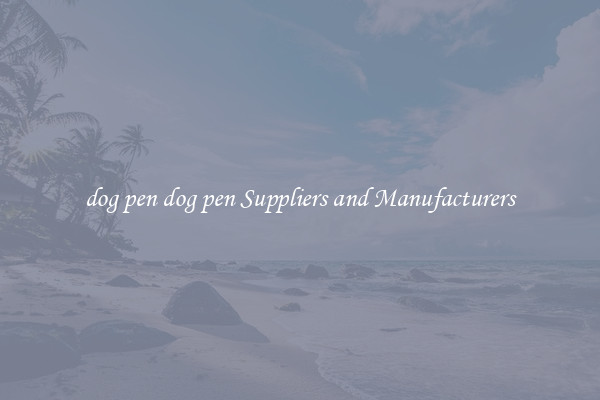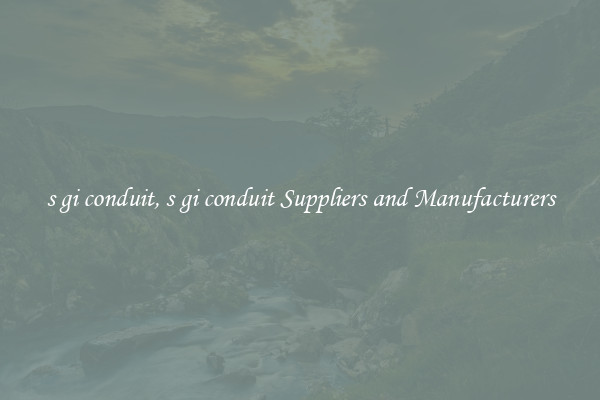dual distributions dual distributions Suppliers and Manufacturers
When it comes to the distribution of goods, the traditional model of a single distribution channel is slowly being replaced by dual distributions. Dual distributions involve working with both suppliers and manufacturers to ensure that products reach consumers in the most efficient and cost-effective way possible.

Suppliers are the companies that provide raw materials or components to manufacturers, who then use these materials to produce finished products. In the past, manufacturers would typically work with a single distributor to bring their goods to market. However, this model is evolving as companies recognize the benefits of working with both suppliers and manufacturers directly.
By implementing a dual distribution strategy, companies can bypass the middleman and establish more direct relationships with their suppliers. This allows for better communication, greater control over the quality of materials, and the ability to negotiate better prices. In turn, this can lead to cost savings that can be passed on to consumers or used to increase profit margins.
On the other hand, manufacturers can also benefit from working with suppliers in a dual distribution arrangement. By working closely with suppliers, manufacturers can gain access to a wider range of materials, ensuring that they have the resources they need to produce high-quality products. Additionally, manufacturers can take advantage of suppliers' expertise and knowledge, leading to the development of innovative products that can set them apart from their competitors.
Overall, dual distributions offer a win-win situation for both suppliers and manufacturers. By working together, they can streamline the supply chain, reduce costs, and ultimately improve the quality and availability of products for consumers.
In conclusion, the traditional model of distribution is slowly being replaced by dual distributions, with companies recognizing the benefits of working directly with both suppliers and manufacturers. By establishing more direct relationships with suppliers and manufacturers, companies can improve communication, reduce costs, and ultimately provide consumers with better products. As the business landscape continues to evolve, it is likely that dual distributions will become increasingly common as companies seek to stay competitive in an ever-changing market.

View details

View details

View details

View details







